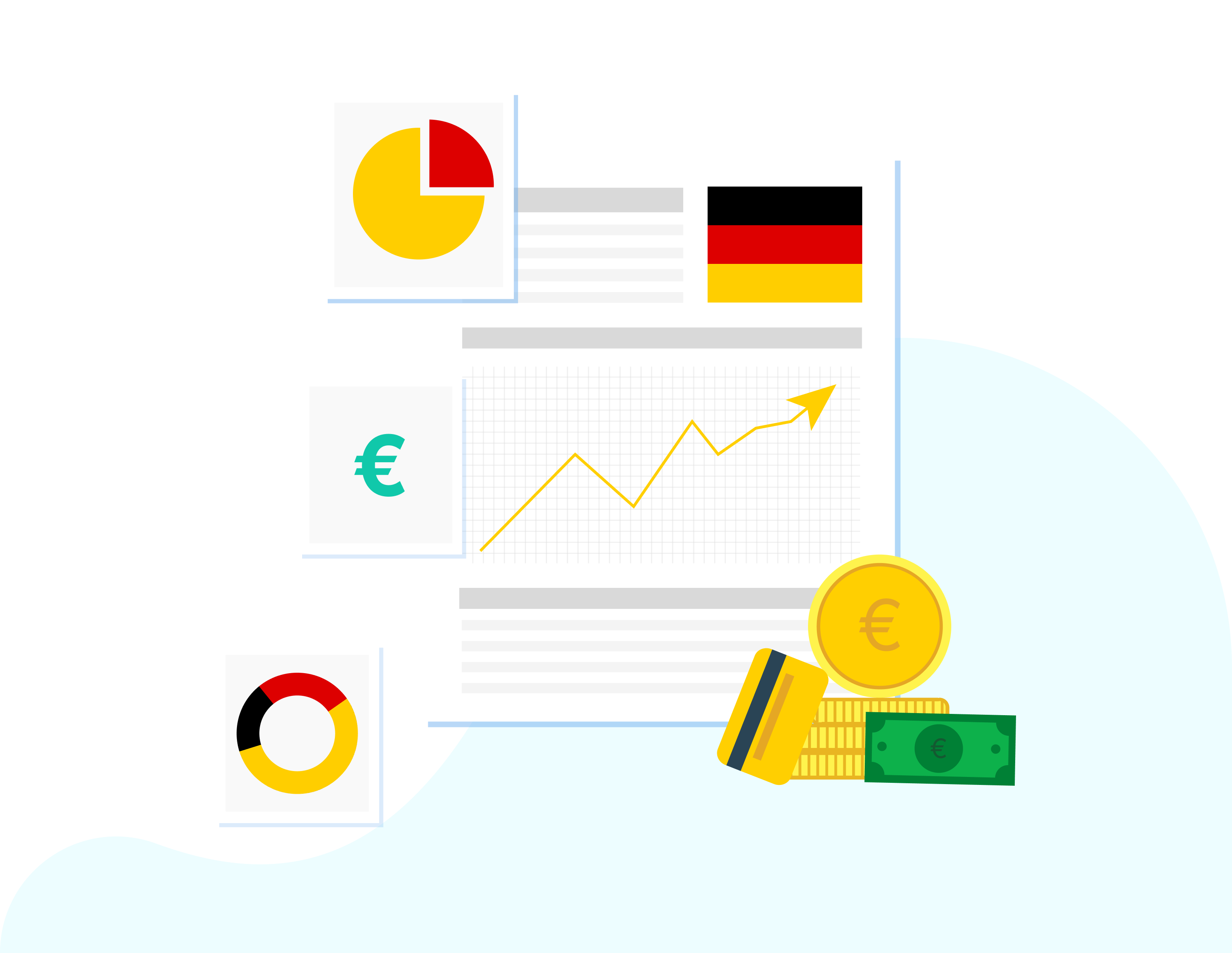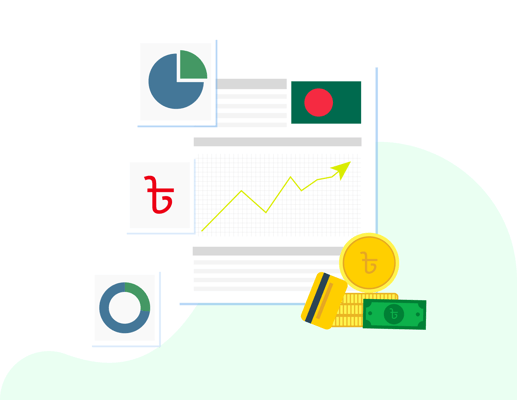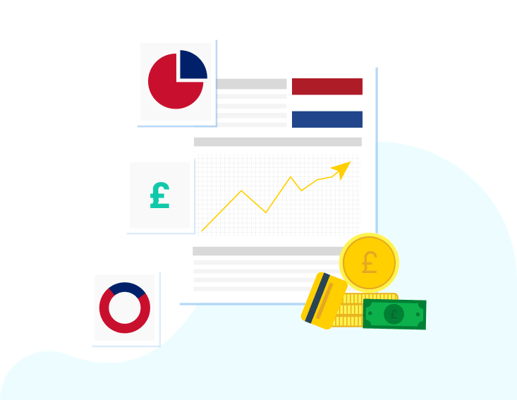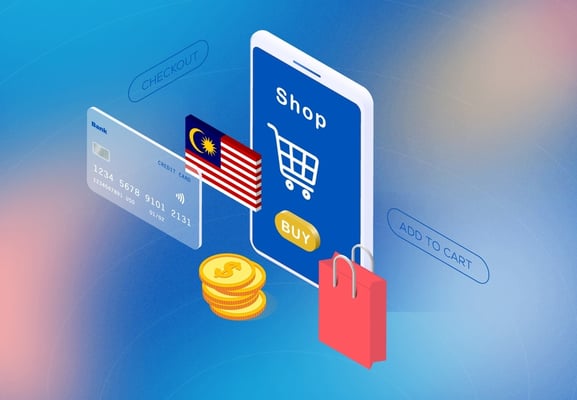As a European nation, Germany prefers cash and notes within their financial economy. Believe it or not, cash comprised almost 51% of Germany’s financial transactions until 2020.
Why this drastic number, even when a few neighboring European countries have a lower dependency on cash? The simple explanation is that the local vendors and merchants continue to prefer cash sales, making it necessary for the local population to carry money for immediate purchases.
Despite the ongoing cash purchase and sales demand, Germany ranks globally among the top 10 most profitable e-commerce sales markets. In fact, from 2022-2027, the German payments market will grow at a CAGR of 12.32%.
Despite the increasing use of cash, many German vendors are shifting towards digital payments to reduce cash dependency. The pandemic changed how consumers purchased goods and services, and with the increasing internet penetration, digital methods are ruling the forefront.
To fully adapt to the culture of digital payments, businesses must prepare for the technological boom and make the most of the situation by enabling credit card processors and alternate payment methods.
This trend is taking complete charge of the economy since many new card terminals, contactless cards, mobile payments, and cashless ticketing in transit options are becoming available in the country.
As per a recent survey by Rapyd, a notable payment platform in Europe, 32% of Germans use their computers, while 31% shop via mobiles.
Top 4 Payment Methods in Germany
Even though cash continues to be the preferred choice for German consumers, there is still a lot of demand for alternate payment methods, such as credit and debit cards, digital and mobile wallets, and paying on account.
.png?width=1500&height=1234&name=Infographic%20-%201%20(9).png)
Let’s discuss each of these options in detail below:
1. Credit Cards
Credit card payments are rare in the German economy, as it continues to account for only 0.52 per capita. Given the internet constraints, credit cards haven’t gained much traction, accounting for only 13% market share.
Add a level of conservatism and debt aversion to this mix, and you will automatically see a rapid decline in credit card usage volumes.
Germans have a conservative shopping approach, which leans majorly towards using traditional banking payment methods for regular shopping via online and offline mediums.
Despite its limitations, the cards market in Germany in 2022 was worth $478.80 billion, while it will grow at a CAGR of 5% during 2022-2026.
Some common credit card brands include VISA, Mastercard, American Express, and RuPay.
2. Digital/Mobile Wallets
Mobile-based transactions constitute about 21% of retail transactions, while 54% of Germans prefer to make payments via PayPal, making it their favorite payment platform.
Mobile transactions make up 27% of online sales in Germany, which has led the mobile commerce sector towards becoming a €19.7 billion market.
Despite the burgeoning interest in digital payments, German shoppers continue to be wary of the risks of digital payments. Despite the shortcomings of digital payments, there is always a preference for using this payment method for online transactions.
3. Debit Cards
Debit cards are one of Germany’s most widely used payment methods.
Girocard is the country’s equivalent debit card version, which promotes cashless payments within Germany and other European nations. Since the card is available with Maestro and V-Pay, you can use it seamlessly for transactions all across European and non-European countries.
In 2022, Germany’s Girocard touched 6.7 billion transactions, marking a whopping 13% increase over 2021 volumes. Additionally, in the first half of 2021, 64% of all Girocard transactions were contactless.
Additionally, there are a few digital debit card companies operating within Germany. N26, a famous digital-only bank, offers products and services at lower rates than some of the other traditional banks. In 2020, N26 rolled out N26 Smart Mastercard debit cards for consumers to help them make online and digital transactions seamlessly.
Like N26, another Germany-based financial institution Vivid Money has rolled out a free-of-charge metal Visa debit card for consumers.
4. Open Invoice
Open Invoice, more commonly known as purchase on account, continues to be one of Germany’s most preferred payment options after cash. The most pertinent benefit of this payment method is its ability to conceal sensitive payment data on a merchant’s website, making it a hit with the masses.
As a merchant, you must provide the purchase-on-account service to your customers to avoid having fewer conversions and sales. In the last ten years, the Open Invoice method accounts for 63% of transactions in Germany, loosely translating into 4 out of 10 consumers using this payment method regularly.
The working model is relatively simple; a customer can try the goods/service and later return them if they feel the quality could be better. If they decide to accept the product, they can pay within the next 14-28 days.
The most common benefit is that customers don’t have to pay upfront, and there is no imminent need to enter or divulge personal payment details, which allows consumers to feel secure about their online/offline transactions.
Good Read: Top Payment Methods in the UK That Your Business Needs to Know
Local Payment Methods and Rising Complexities for Businesses
Germany has demonstrated fabulous payment method trends and statistics, which continue to pave the way for digital development. The consumer demand for a diverse spectrum of payment method systems ushers and expands the existing financial transaction practices.
Disruption of these systems creates ripples in the form of extended user benefits. However, there are potential challenges that companies can’t overlook when they focus on the benefits of digital money since millions of merchants have never subscribed to any digital payment methods prevalent here.
During the process, users and merchants must scrutinize the best alternative payment method to avoid transaction charges, refund charges, and rental service costs on multiple payment methods. Contradictorily, multi-payment method support translates into better conversion rates.
Lastly, there are concerns about up-skilling and securely implementing these payment methods daily without any cybersecurity risks, with the rise of phishing/social engineering, compromised/stolen device attacks, system breaches, and identity theft in 2022.
The main question is, how can you integrate modern payment methods for the Fintech revolution while availing all the benefits?
inai has got just the solution for your payment method aggregation woes.
How inai Helps You With German Payment Methods?
inai is a unique payment method aggregator with over 300+ international payment methods. Our platform support allows customers from different geographies to collect and make payments in their native currencies while reducing reliance on other payment method preferences.
inai is ideal for large-scale international and small-scale enterprises requiring nominal to nil tech-knowhow. With inai by your side, your business can avail of a low-code/no-code payment method integration service.
Our platform helps you render a unified payment system that gives your customers a personalized transaction experience. This payment integration tool guarantees PCI-DSS and GDPR-compliant service for your business, sales protection for you and your customers, and even a dashboard to maintain an end-to-end watch on sales and conduct analytics, amongst other things.
With inai, you can see a data-driven uptick in conversions and revenues..png?width=4068&height=1080&name=CTA%20(33).png)
.png?width=123&height=71&name=inai%20logo%20-%20dark%201(1).png)

.jpg?width=150&name=IMG_5672%20(1).jpg)



